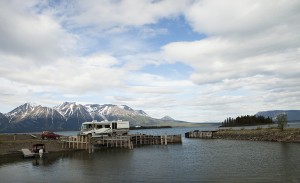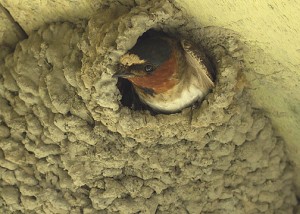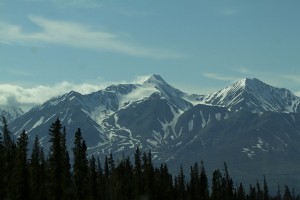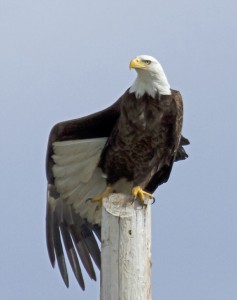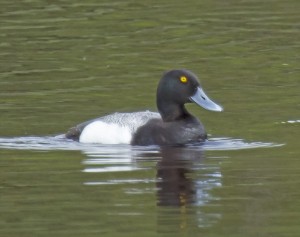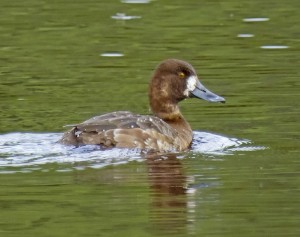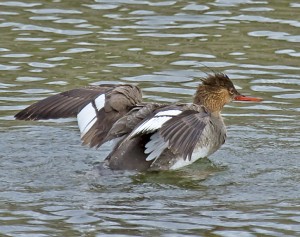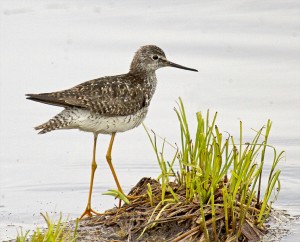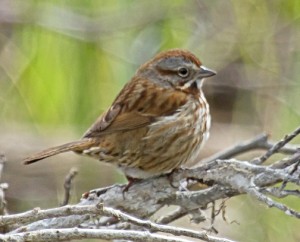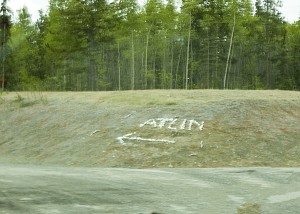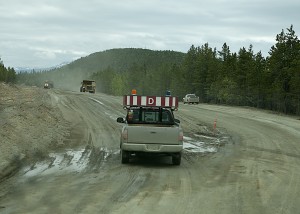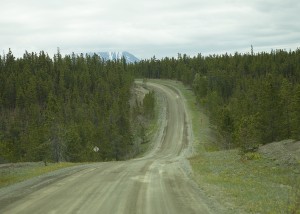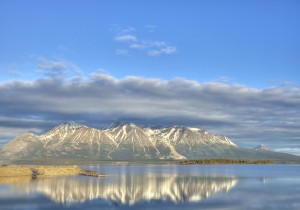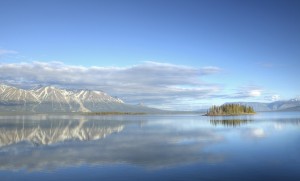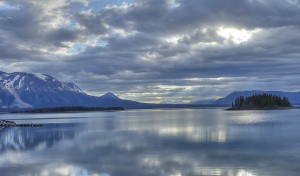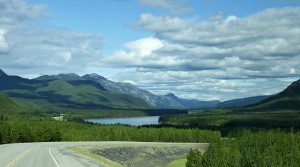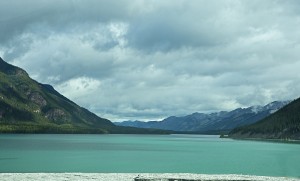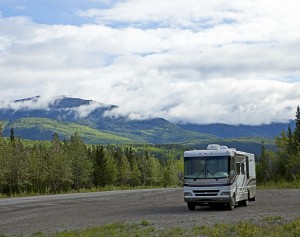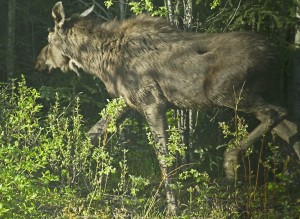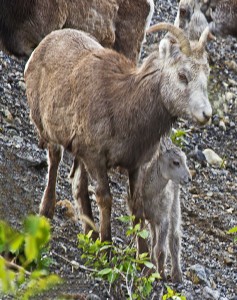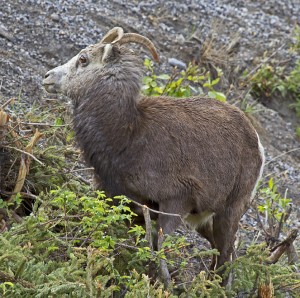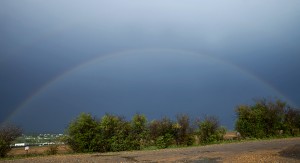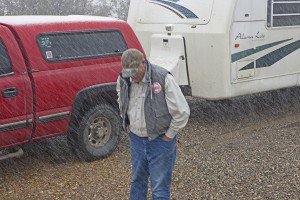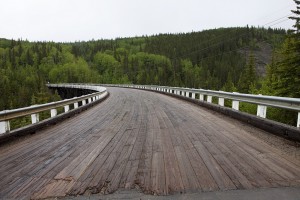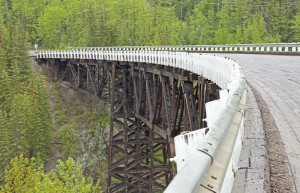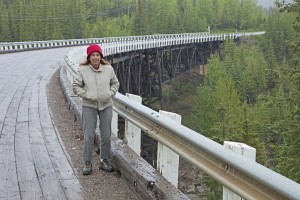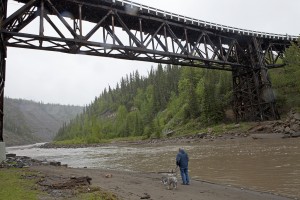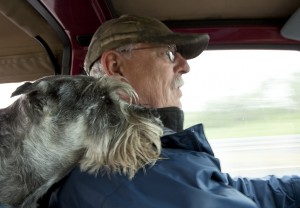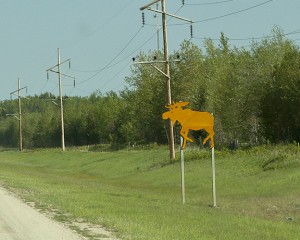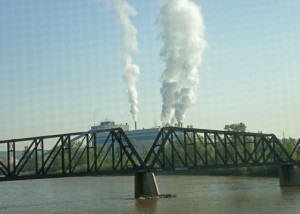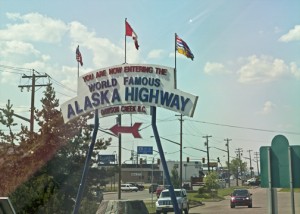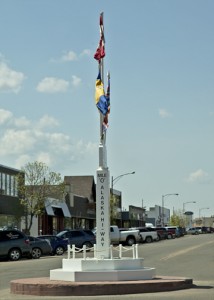Yesterday, we decided to leave Atlin a day early. The clouds moved in, the temperature dropped and we were worried about hitting rain on the way out. It was sad leaving this beautiful oasis, but it was time to go. This time I drove the Tracker behind Michael. We had to wait almost 45 minutes at the construction site but made it safely through the worst part of the mud—much to Michael’s relief. We made a quick WAlMart stop in Whitehorse and headed north into the St. Elias mountain range and the Kluane Ice Fields. Just when you think you’ve already seen the most overwhelming vistas, you come upon another one.
The highway is rough and bumpy with areas of gravel and frost heaves bouncing us all over the place. Poor Lily couldn’t lie down, sit or stand up through most of our ride to Haines Junction, YT where we stayed last night.
It’s a dreary, rainy day. As we drove through the Kluane Range, the mountains were ensconced in clouds—as if they did not even exist. At least I got a chance to photograph them yesterday. Grays blended into deeper grays that blended into clouds as we drove around the lake. No reason to stop (Sorry Danny, we’ll try again on the way back.)
After miles of heaving roads, gravel and dirt, flying rocks and dust from 18 wheelers, we have made it into Alaska. No more meters, liters, kilometers or Celsius. It’s nice to be back in the US of A. This is probably the longest time we have spent in Canada. I was beginning to speak their language—aye? Really no complaints except for the highway—beautiful country, nice people but very expensive.
We are sitting in a lovely campground in Tok, Alaska about 325 miles from Anchorage. The campground has a Café where we will probably get reindeer chili served in a warm sourdough bread bowl for dinner tonight. They pride themselves on their sourdough pancakes so we may take a shot at those tomorrow morning. Then it’s off to Anchorage and the Kenai Peninsula.

